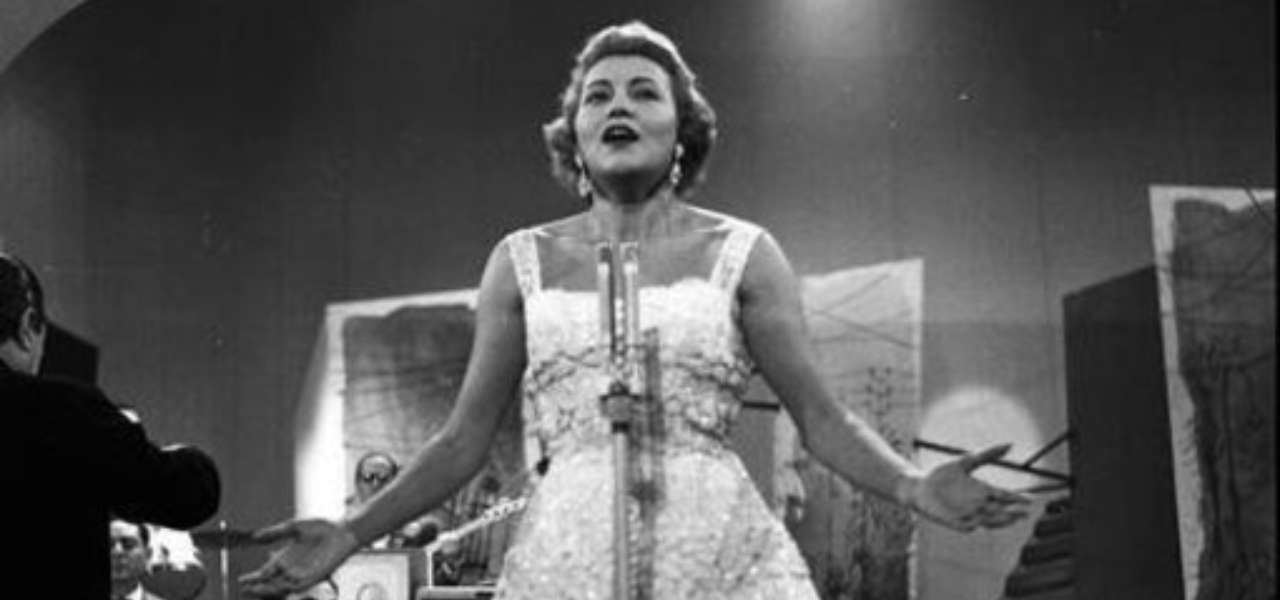
The Festival di Sanremo, often referred to as the “Festival of Italian Song,” is a dazzling spectacle of music, culture, and artistry. Since its inception in 1951, the festival has grown from a local competition into an internationally recognized event that has shaped the Italian music industry. Held annually in the picturesque coastal town of Sanremo, this festival is not just a competition but a celebration of Italian heritage and modernity.
Origins of Festival di Sanremo
In the aftermath of World War II, Italy sought to rebuild its cultural identity. The idea for the Festival di Sanremo emerged as a way to reinvigorate national pride and promote Italian music. The first festival, organized by the Italian state broadcaster RAI, took place at the Sanremo Casino in 1951.
The First Edition (1951)
The inaugural Festival di Sanremo featured just three performers—Nilla Pizzi, Achille Togliani, and Duo Fasano—who sang a total of 20 songs. Nilla Pizzi took home the first prize with the iconic song “Grazie dei Fior”, which remains a classic in Italian music history. Though modest by today’s standards, the first edition set the stage for what would become a cornerstone of Italian culture.
Sanremo in the 1950s
The 1950s were formative years for the festival. It introduced Italians to new musical styles and artists. The decade’s standout moment came in 1958 when Domenico Modugno performed “Nel blu, dipinto di blu” (Volare). The song became a global sensation, earning Grammy Awards and forever associating Sanremo with international acclaim.
Sanremo in the 1960s
The 1960s saw Sanremo rise to unprecedented popularity. With artists like Mina, Adriano Celentano, and Gigliola Cinquetti (who won in 1964 with “Non ho l’età”), the festival became a breeding ground for talent. During this period, Sanremo songs often became Italy’s entries in the Eurovision Song Contest, further enhancing its global reach.
Cultural Revolution of the 1970s
The 1970s marked a period of experimentation and political awareness. Songs like “Ciao amore, ciao” by Luigi Tenco—whose tragic story shocked the nation—highlighted the festival’s role as a platform for expression. Amid societal change, Sanremo adapted by embracing diverse genres, from folk to rock.
Sanremo in the 1980s
The 1980s brought a touch of glamour and spectacle. Artists like Toto Cutugno with “Solo noi” and Eros Ramazzotti with “Adesso tu” brought Sanremo to new heights. The festival began to attract international stars and media coverage, solidifying its reputation as a world-class event.
Sanremo in the 1990s
The 1990s ushered in a modern era of Italian pop. Iconic performances by artists like Laura Pausini, who won the newcomer’s category in 1993 with “La solitudine”, and Andrea Bocelli with “Con te partirò”, marked the decade. Sanremo became a launching pad for global careers.
Sanremo in the 2000s
As the digital age took hold, Sanremo embraced changes in how music was consumed. Genres diversified, and the festival saw a mix of traditional ballads and contemporary pop. International collaborations became more common, as artists sought to expand their reach beyond Italy.
Sanremo in the 2010s
The 2010s brought a revival of traditional Italian music alongside modern genres. Mahmood’s 2019 win with “Soldi” showcased the fusion of Italian and global influences, becoming one of the most streamed songs in Sanremo history. This decade reaffirmed the festival’s relevance in the modern music landscape.
Recent Editions (2020-2023)
The COVID-19 pandemic posed challenges, but the festival adapted with virtual components and socially distanced performances. Standout moments included Måneskin’s 2021 victory with “Zitti e buoni”, which catapulted them to Eurovision success and global stardom.
Upcoming 2025 Edition
While details about the 2025 edition remain speculative, current trends suggest a continued emphasis on inclusivity, genre diversity, and digital innovation. Fans eagerly anticipate a mix of veteran artists and fresh talent.
Most Popular Sanremo Songs
- “Nel blu, dipinto di blu” (Volare) – Domenico Modugno (1958)
- “Adesso tu” – Eros Ramazzotti (1986)
- “La solitudine” – Laura Pausini (1993)
- “Soldi” – Mahmood (2019)
- “Zitti e buoni” – Måneskin (2021)
Sanremo’s Impact on Italian Music
Sanremo has nurtured generations of artists and introduced Italian music to the world. Its unique blend of tradition and innovation ensures its enduring cultural significance.
International Influence
As the inspiration for the Eurovision Song Contest, Sanremo has had a profound impact on global music competitions. It continues to set standards for artistic excellence and showmanship.
Fun Facts About Sanremo
- Most Wins: Nilla Pizzi and Domenico Modugno are among the most celebrated winners.
- Longest Running: It is the longest-running televised music competition in the world.
- International Stars: Artists like Whitney Houston and Queen have graced its stage.
FAQs
1. What is the Festival di Sanremo?
It is an annual music competition in Sanremo, Italy, showcasing Italian songs and artists.
2. When did Sanremo start?
The festival began in 1951.
3. How are winners selected?
A combination of jury votes and public televotes determines the winners.
4. Is Sanremo connected to Eurovision?
Yes, many Sanremo winners represent Italy in Eurovision.
5. What are the most iconic Sanremo songs?
Songs like “Volare,” “La solitudine,” and “Zitti e buoni” are iconic.
6. How can I watch Sanremo?
It airs annually on RAI and is available for streaming worldwide.
Conclusion
The Festival di Sanremo remains a beacon of Italian culture and creativity. From its humble beginnings to its upcoming 2025 edition, it continues to celebrate the rich tapestry of Italian music.

